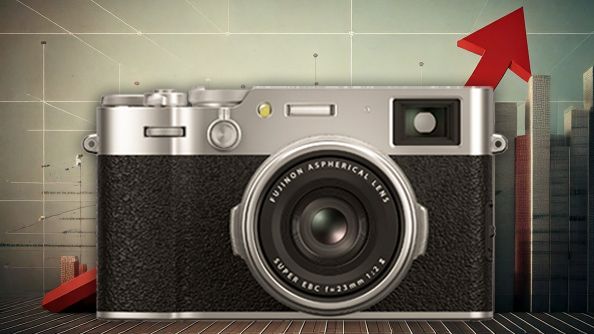10 technologies that should be uninvented
The tech genies we want to put back in the bottle
5. Personal GPS
Seriously, what next? Tracking chips embedded under our skin? The personal GPS is being marketed as a technology to help us keep track of our pets and possessions but it's obvious who it will appeal to most: paranoid parents and micro-managing bosses. As if having a BlackBerry and being expected to reply to emails 24 hours a day wasn't enough…
4. Sonic teenager dispersers
Officially called 'the mosquito', around 3,500 of these machines are in use across England in an attempt to stop unruly behaviour. The mosquito works by emitting an annoying, high-pitched sound that only young people can hear. Of course, these devices can't determine which groups of kids are causing trouble and which groups are just hanging out, and so everyone gets to enjoy the annoyance.
Kids have turned the mosquito noise to their advantage, though – used as a ringtone alert for new text messages they can text away in school without their teachers knowing.
3. The Taser
Tasers are less likely to kill you than guns but that's no reason they should be marketed to the general public. After all, while they might be marketed for self-defence, they're likely to be just as attractive to muggers. Even sheep aren't safe!
2. The electric chair
The electric chair was designed to be a more humane way of killing people after inept hangmen left their victims to die slow, agonising deaths by strangulation. US dentist George Westinghouse witnessed a man die after touching a live generator and thought "Hey! electricity looks like a nice, painful way to kill people!" (Our fears about dentists are now confirmed). And so the electric chair was born.
On 6 August 1890, William Kemmler became the first person to be executed in this manner. The first burst of electricity caused him to lose consciousness but didn't finish him off. A second, 2,000 volt burst caused his blood vessels to rupture and his skin to catch fire. Westinghouse said later: "They would have done better with an axe." Following decades of botched electrocutions, use of the electric chair has declined, with lethal injection becoming the primary method used.
1. The atom bomb
The Second World War saw the sudden deaths of over 120,000 people when, in the space of three days, nuclear bombs were dropped on Hiroshima and Nagasaki. It might have ended the war, but it was a pretty drastic way to go about it.
Get daily insight, inspiration and deals in your inbox
Sign up for breaking news, reviews, opinion, top tech deals, and more.
Those who died immediately were more fortunate than those further out from the blast centre: radiation sickness caused vomiting, diarrhoea, convulsions and for many, an early death. For those who survived that, there was the increased likelihood of developing cancer to look forward to. 40 years later, the BBC aired its series Threads, to give nightmares to another generation of kids.
Now read 48 things we hate about tech.
After watching War Games and Tron more times that is healthy, Paul (Twitter, Google+) took his first steps online via a BBC Micro and acoustic coupler back in 1985, and has been finding excuses to spend the day online ever since. This includes roles editing .net magazine, launching the Official Windows Magazine, and now as Global EiC of TechRadar.












